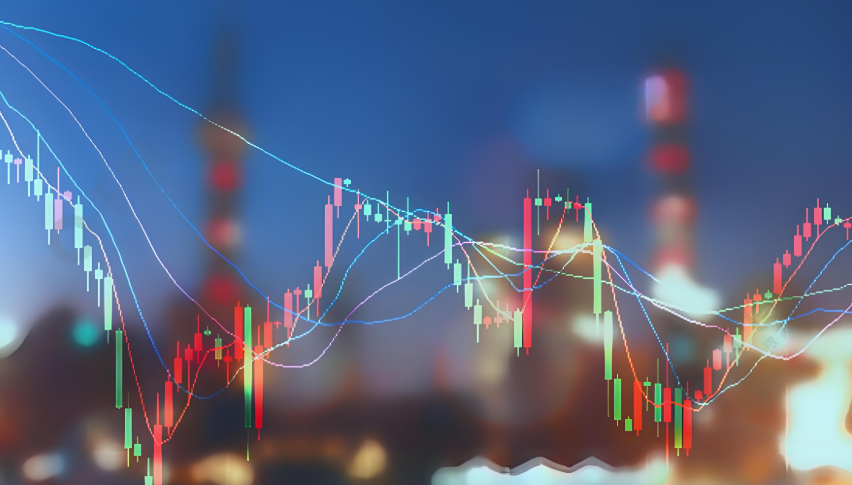- Insurance Analysis
- |
- November 29, 2024
Is the U.S. Economy Set for a Soft Landing in 2025?
Advertisements
As the global economic landscape continues to evolve,the trajectory of the United States economy in 2025 has become a focal point of interest among economists,investors,and policymakers alike.The variety of perspectives on this subject reflects the complexity and uncertainty surrounding economic predictions.While some economists express optimism for a "soft landing" by 2025—a scenario where inflation rates decrease without triggering significant unemployment—others express concern that persistent inflation could remain a lingering problem,adversely affecting economic stability.
The pressing question at this moment foresees whether price pressures can revert to normal levels by 2025 without a rise in unemployment.Achieving this would undoubtedly signify an effective “soft landing,” an outcome many stakeholders eagerly await.Indeed,the Federal Reserve has been proactive in its efforts to curb inflation over the past two years,ensuring that while the economy cools,a recession remains out of reach.
By examining the actions taken by the Federal Reserve,it becomes clear that the central bank has aimed to strike a balance between controlling inflation and fostering economic growth.In 2024,although the Federal Reserve fell short of its 2% inflation target,it managed to stabilize the unemployment rate and continue fostering economic expansion—a cause for optimism for many economists looking forward to a potential soft landing in 2025.Ashish Shah,Chief Investment Officer at Goldman Sachs Asset Management,emphasized this viewpoint,stating,“We firmly believe we are in the process of a soft landing,and economic growth in the U.S.will remain resilient by 2025.”
To assess the likelihood of a soft landing,economists are closely observing key indicators such as inflation,labor market conditions,and GDP growth.Wells Fargo’s analysis indicates that based on recent data,the probability of achieving a soft landing has increased by two percentage points to 42%.Concurrently,the likelihood of a recession has decreased substantially,now resting at just 28%.Their research points out another possibility,termed stagflation,where inflation rises alongside unemployment,though fortunately this scenario appears less likely than a general recession.
Achieving a soft landing remains a formidable challenge for the Federal Reserve,particularly with the need to effectively mitigate price pressures by 2025.Some forecasts suggest that the policies implemented may inadvertently exacerbate persistent inflation.According to a report by a team of analysts led by Chief Economist Jay Bryson at Wells Fargo,“Tariffs will throw some sand in the gears of economic growth next year and hinder inflation from returning to the Fed's target.”
Furthermore,economic experts contend that even if growth remains robust,elevated interest rates coupled with tariffs may push prices higher.The intricate interplay of these factors could lead to scenarios where a soft landing is unattainable.Sal Guatieri,a senior economist at BMO,summarized it succinctly: “Next year,the U.S.economy might not land at all,but rather just keep accelerating.”
Historically,soft landings have been rare achievements for the Federal Reserve.Analysis from Piper Sandler reveals that in the aftermath of eight out of the nine previous rate hike cycles,an ensuing recession was triggered.Yet,this time,a consensus among economists suggests that a recession might not be an inescapable conclusion.Matthew Martin,a senior economist at Oxford Economics,indicated,“Our recession model shows the probabilities of three-month and six-month recessions at their lowest in over two years. ”
”
 ”
”Nevertheless,uncertainty looms over the economy,especially regarding the impact of tariff policies,which could lead to slower-than-expected growth.Wells Fargo has noted,“A hard landing or recession is not our baseline forecast; however,the risks will rise significantly if global trade is substantially disrupted.”
In conclusion,the economic trajectory of the United States in 2025 is shrouded in uncertainty,with multiple outcomes—whether a soft landing,no landing,or even a recession—existing simultaneously.Investors,businesses,and policymakers must remain vigilant and responsive to changes in economic indicators and policy directions in order to prepare for the fluid dynamics of the economic environment.
Search Here
Recent Post
-
January 11, 2025
Fed Rate Cut on the Horizon
-
November 3, 2024
The Impact of Ending Interest Rate Hikes on Asset Prices
-
December 14, 2024
Tech Drives Down Costs, Boosts Efficiency in Consumer Finance
-
December 3, 2024
U.S. Stocks Dip While Asian Markets Lead the Decline!
-
December 5, 2024
Building Social Consensus for Bulgaria's Green Transition
-
January 5, 2025
Latin America's Economy Calls for Structural Reform
-
January 8, 2025
Fostering a Positive Cycle of Consumption and Investment
-
November 21, 2024
Indonesia Boosts Economic Links with Africa
-
January 2, 2025
LPR Decline Below Expectations
-
November 4, 2024
Economic Challenges in the United States
Leave a comment
Your email address will not be published